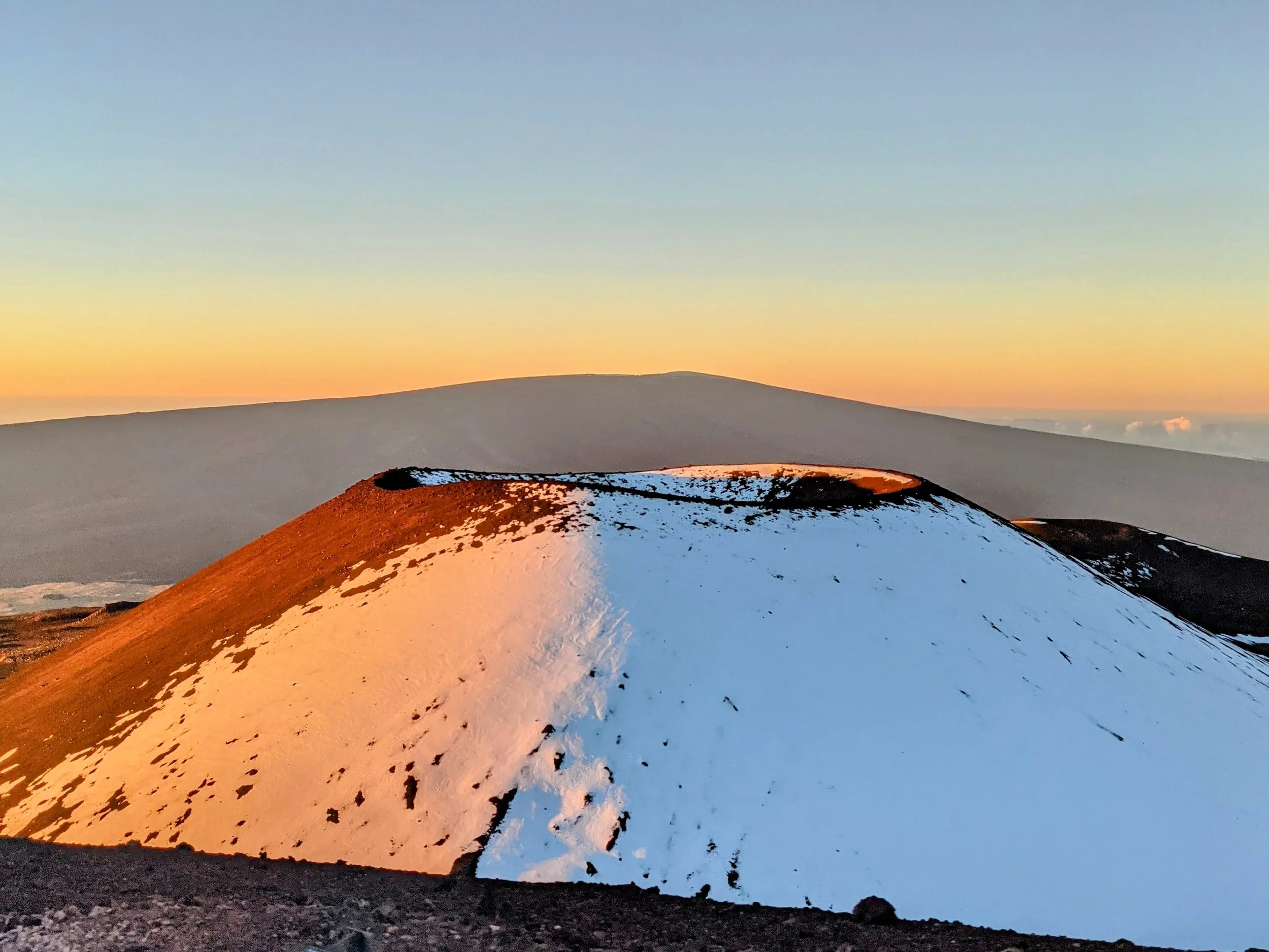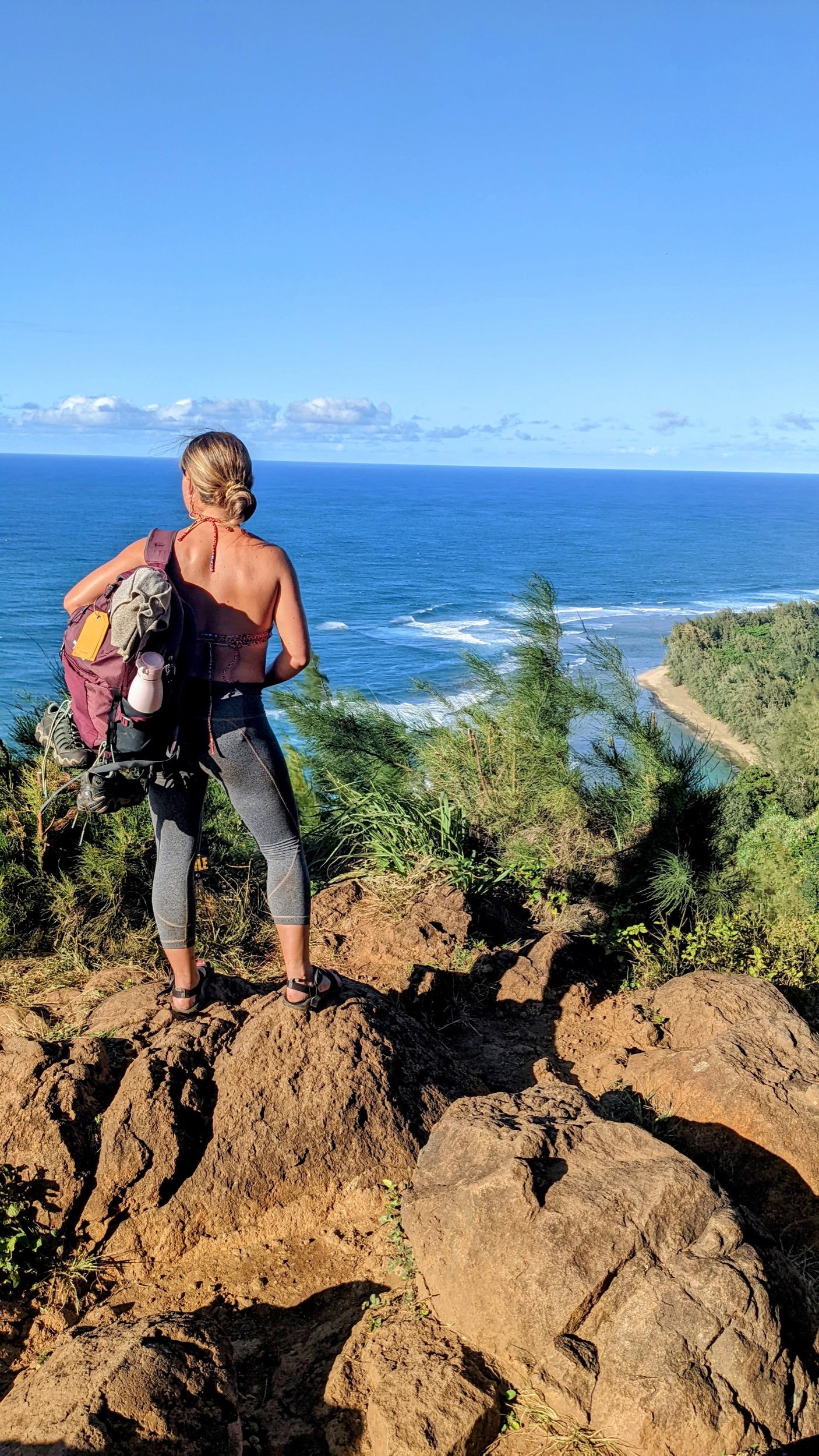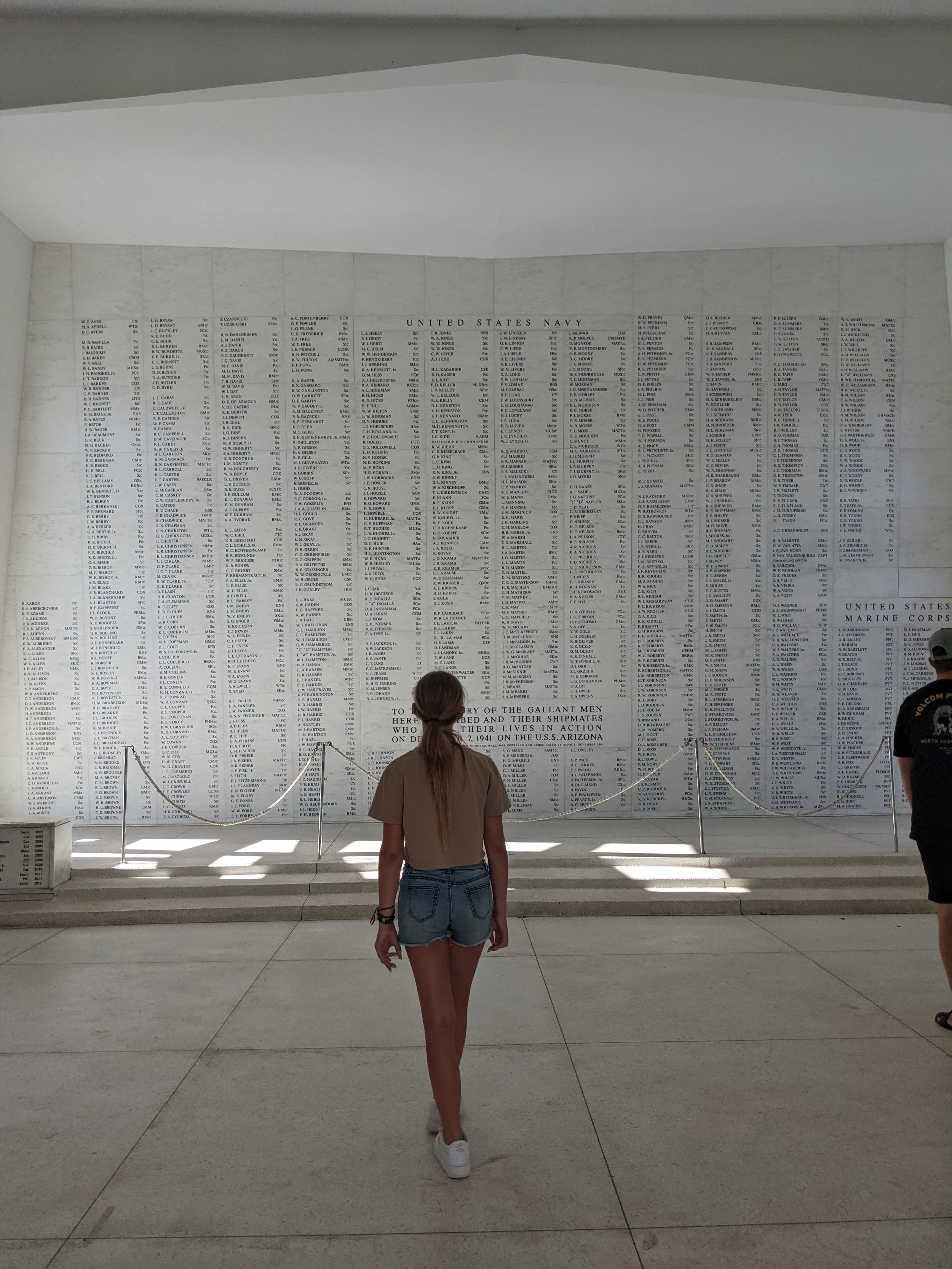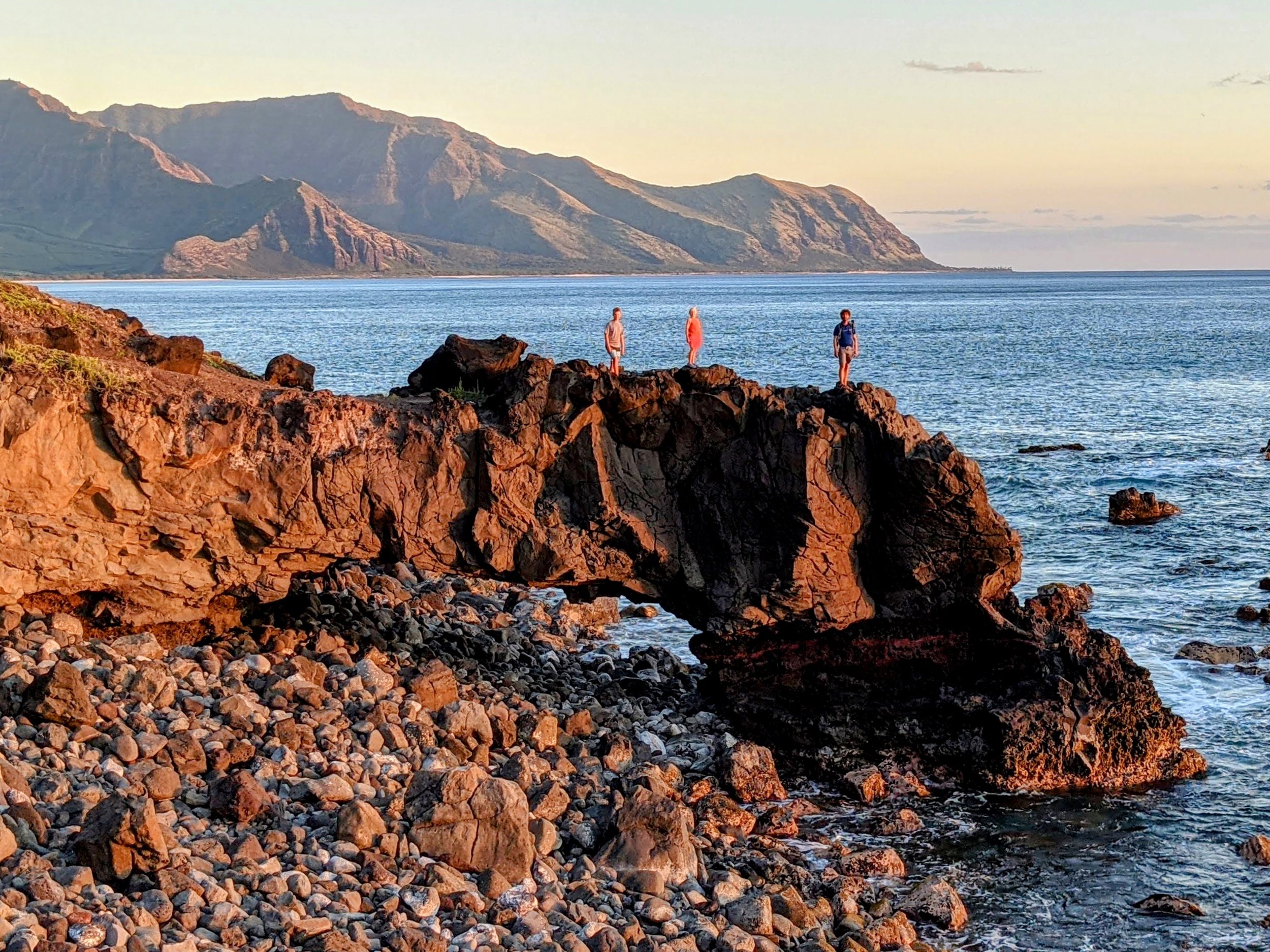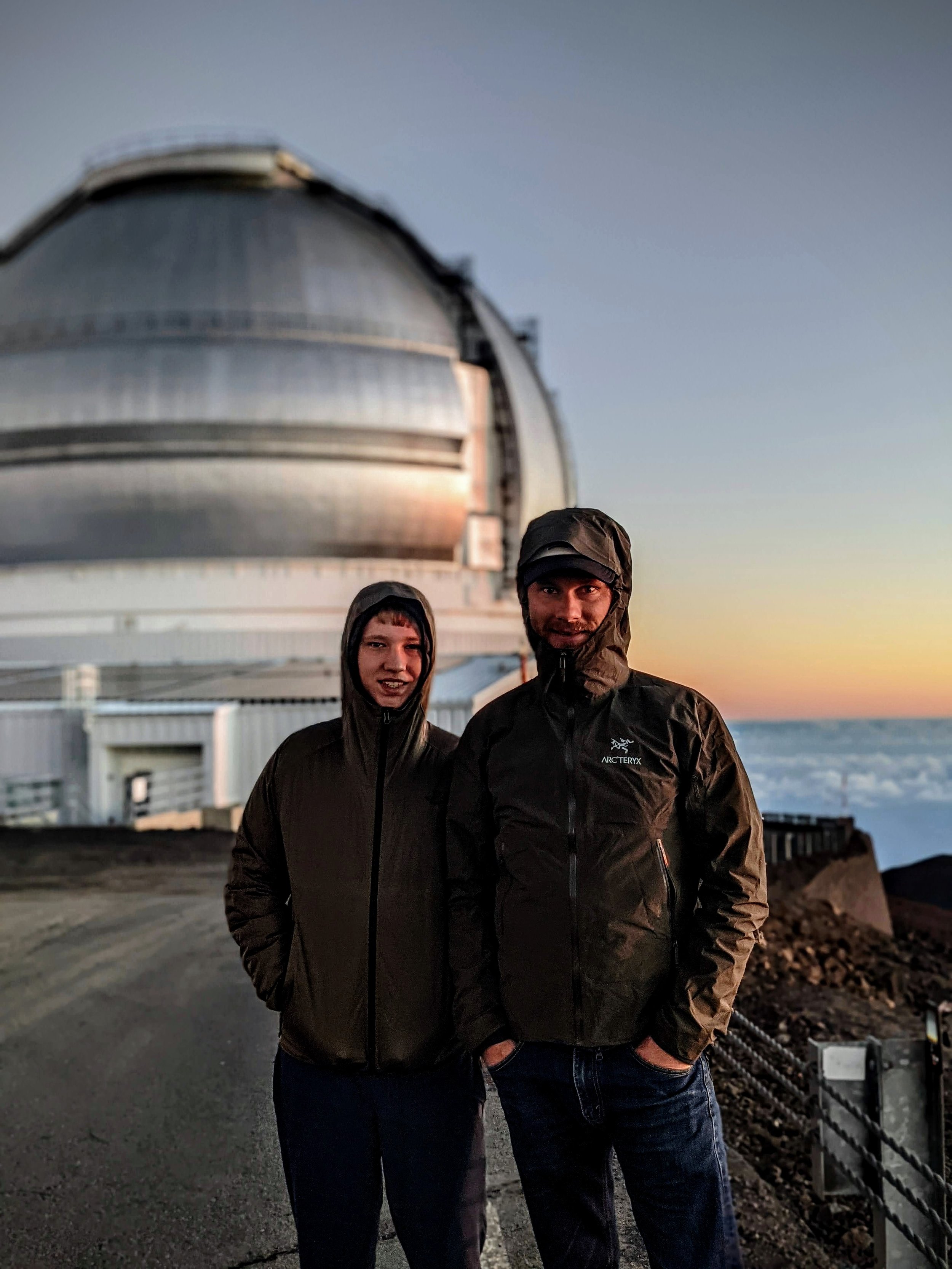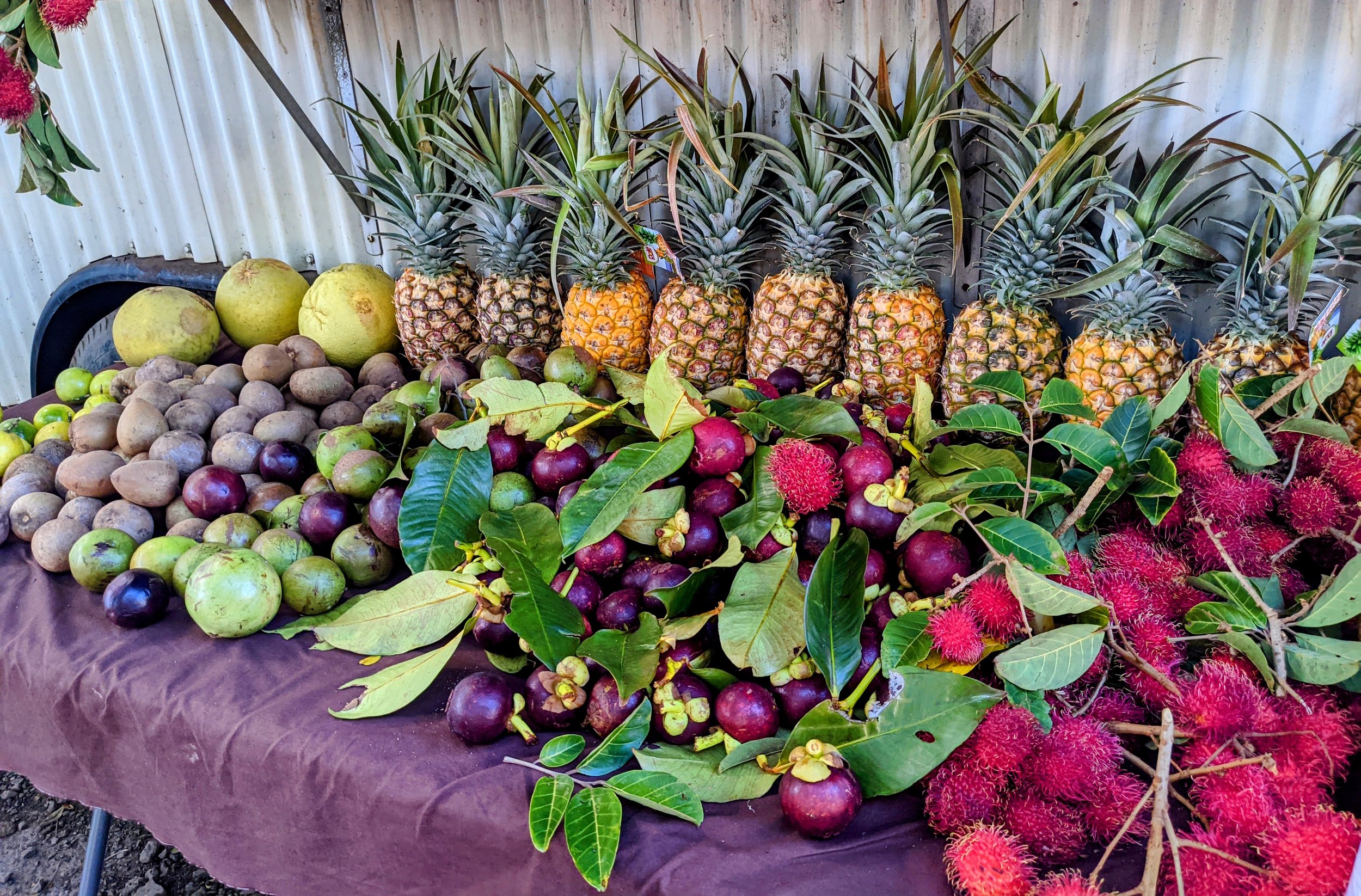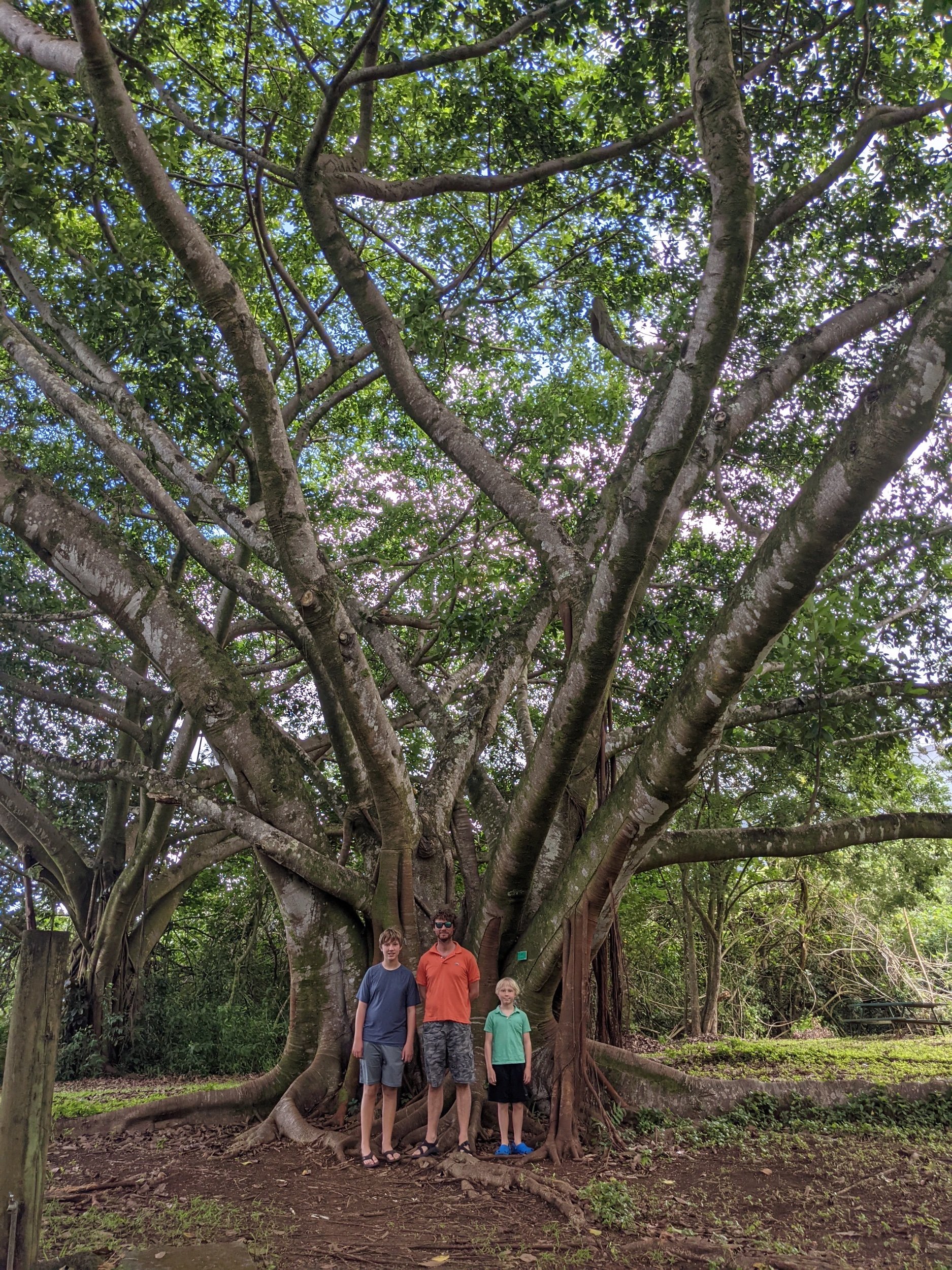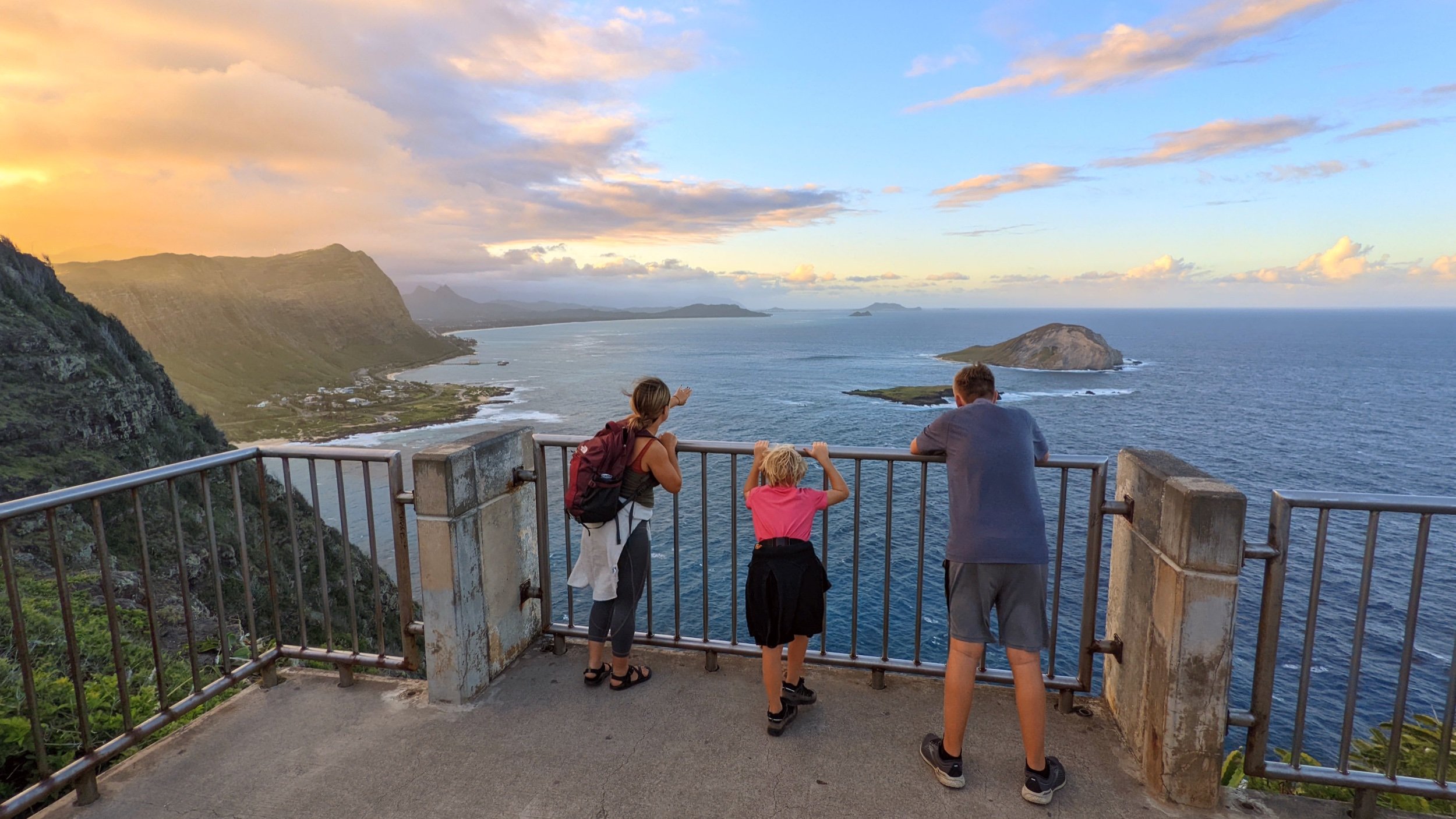Summiting Mauna Kea at Sunrise
Sunrise Reflecting off the Snow Cap at the Summit of Mauna Kea, Big Island Hawaii
Introduction to Mauna Kea
Mauna Kea is the second tallest island volcano in the world, at 13,803 feet above sea level. When measured from its base on the ocean floor to its summit, it is 33,500 feet tall. This makes it the tallest mountain on earth. It is one of the many volcanoes that created the Big Island. There is a paved, two lane road that leads to the Onizuka Center for International Astronomy Visitor Information Station located about half way up to the summit. This is reportedly a good place for stargazing and the parking lot is open 24 hours. There used to be free stargazing nights at the visitor center where regular people could look through high powered telescopes at the stars, but that stopped during COVID and there is no word on when it will resume. Driving to the summit of Mauna Kea is free.
Otherworldly Movements from an Observatory on Mauna Kea at Sunrise
Although Mauna Kea is usually shrouded in clouds, the clouds all hang out around 6,000 feet due to a phenomenon related to trade wind inversion. I’m not going to dig into the science of this one, but the end result is that the summit of Mauna Kea and the visitor center are usually above the clouds and very dry. This makes for amazing star gazing, sunrises, and sunsets. From 30 minutes before sunrise to 30 minutes after sunset, you can drive beyond the visitor center on a very steep, partially paved road to the summit of Mauna Kea. Since the summit is closed at night, you cannot really stargaze from the summit, but you can enjoy an amazing view and sunrise or sunset. You will have unobstructed views of Mauna Loa, the younger volcano just south of Mauna Kea that tops out at 13,679 feet above sea level, the ocean, the volcanic gas rising from Mt Kilauea, and possibly even see the islands of Maui, Molokai, and Lanai in the distance. There are multiple weather observation stations at the summit (Gemini, Subaru, Keck, to name a few) that look like they belong on Mars. The landscape itself looks like it’s also straight from Mars with red, loose, volcanic rock and no visible life forms. While we were at the summit, I had this intense feeling that I shouldn’t be there, like I had snuck into a top-secret area. It is an otherworldly experience and I highly recommend doing it if you can.
Sunrise Shadows on the Observatory Walls
What you need to know
View of the Humu’ula Saddle Filled with Volcano Craters between Mauna Loa and Mauna Kea
1. You can only be at the summit from 30 minutes before sunrise to 30 minutes after sunset.
2. You will be traveling from sea level (if you come from the coast) to 13,803 feet in around an hour. This change in altitude affects everyone differently. If you have a history of altitude sickness or health problems affecting your heart or lungs, you should sit this one out. I recommend stopping briefly at the visitor center half way up to let your body adjust to the altitude before heading on. If you don’t feel well at any point, turn around.
The Sunrise Shadow of Mauna Kea Projecting to the West from the Summit
3. You will need 4 wheel drive due to the very steep and sustained grade of this road. You do not need a car with high clearance. The road was well maintained and even paved throughout a large portion at the top.
4. First light is at least 45 minutes before the sun technically rises. We were hoping to see some stars before the sunrise but they were already growing faint by 6:00 AM.
5. Follow google maps directions to the Onizuka Station and then proceed past the station to the summit. There is only one road and it is easy to follow.
Small Snow Capped Crater with Mauna Loa in the Background
6. The drive from the visitor center to the summit took us 25 minutes.
7. It is very cold at the summit (19 degrees F when we were there in February), so dress warm and bring a jacket and hat.
Not only do you need 4-wheel drive, You Must Know How to Use 4-Low or Your Brakes May Fail. Mauna Kea Summit
8. Due to the steep grade, there is a chance your brake fluid will overheat and your brakes will stop working on the way down if you do not use your engine to brake. You should have your car in 4 low and keep your car in a low gear to help slow you down as you descend from the summit.
9. When we drove to the summit, there was a gate at the visitor center which was partially open and a sign on the gate that said “authorized vehicles only”. We proceeded anyway. When we came down, there were officials stopping every vehicle at the visitor center to make sure they had plenty of gas, were not riding their brakes the whole way, and were feeling ok to drive. They were friendly and helpful.
The Descent from the Summit with a Small Plume of Smoke Visible from the Kilaeau Volcano
10. Check the weather before you go. There can be occasional storms and the inversion can break down at times, resulting in fog/clouds at the summit.
Final Thoughts on Summiting Mauna Kea
Driving to the summit for sunrise was a truly exhilarating and unique experience. The combination of the thrilling drive, the excitement of an early morning sunrise, the freezing cold temperatures, the otherworldly landscape with observation stations that look like they belong on Mars, and slight oxygen deprivation left a lasting and awe inspiring impression on me. Absolutely add this to your Big Island itinerary if you can!
See our post on what to do in 48 hrs on the Big Island








